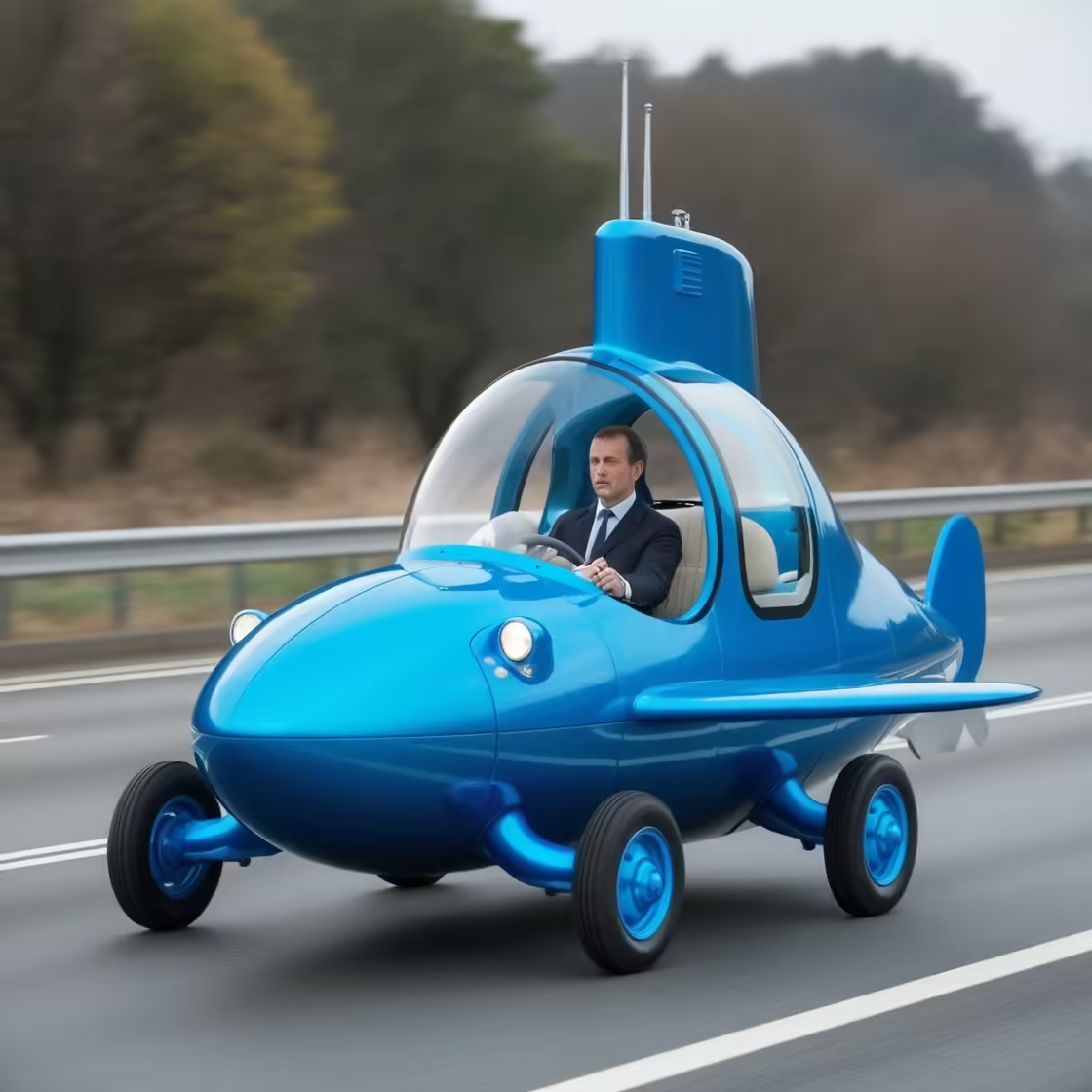The concept of a “submarine inspired vehicle” is not merely a niche idea; it encapsulates the blend of engineering ingenuity, aquatic exploration, and futuristic transportation. As humanity’s thirst for adventure and exploration deepens, the ocean’s allure and mysteries become increasingly captivating. Submarine inspired vehicles represent a convergence of technology and design, allowing us to venture into depths previously thought inaccessible. This article explores the nuances of submarine-inspired vehicles, their engineering marvels, applications, and the implications of such innovations for the future of transportation and exploration.
The Evolution of Submarine Technology
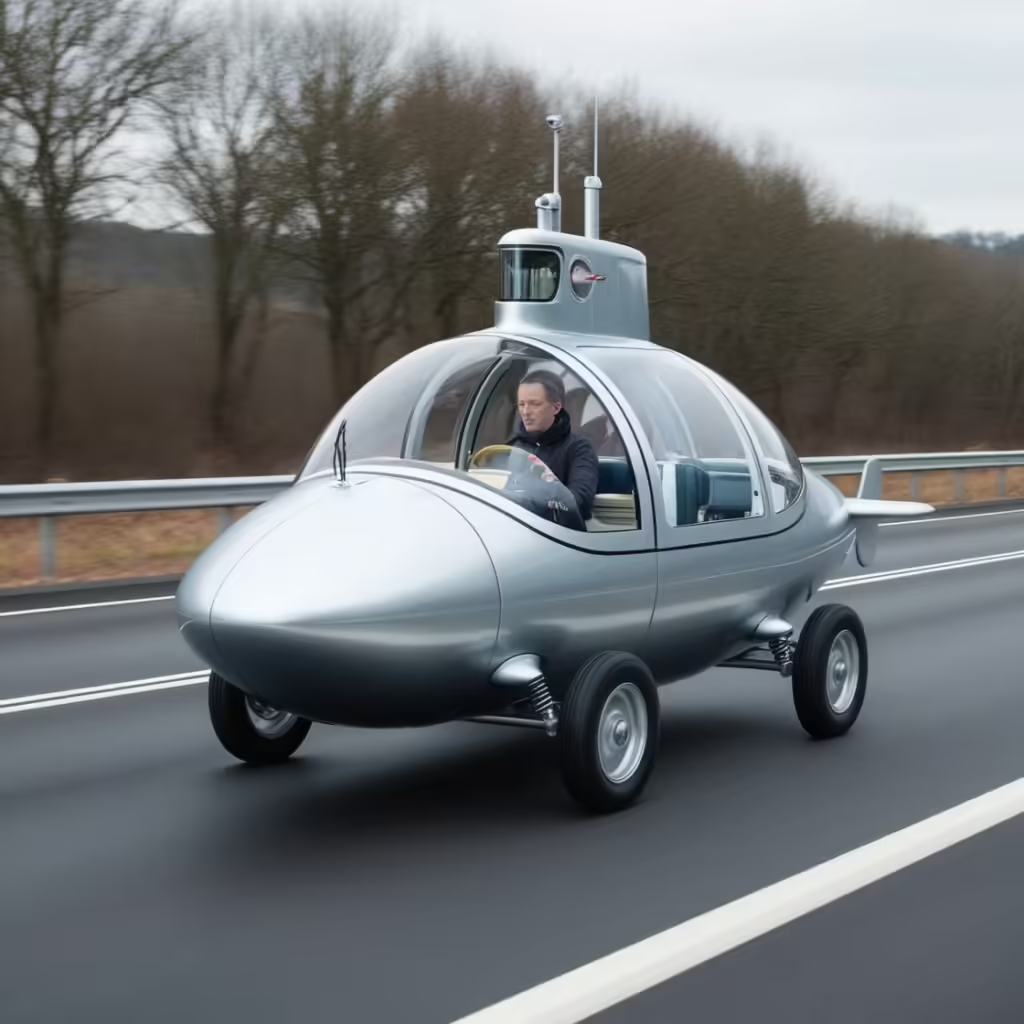
A Brief History of Submarines
Submarines have a rich history, dating back to the late 16th century when inventors began experimenting with underwater vessels. The first successful military submarine, the Confederate States Navy’s H.L. Hunley, marked a significant turning point in naval warfare during the American Civil War. Over the decades, submarines have evolved from rudimentary designs to sophisticated machines equipped with advanced technology capable of deep-sea exploration, surveillance, and combat.
From Submarine to Vehicle: The Concept of Adaptation
As technologies evolved, the principles governing submarine design began to inspire other modes of transportation. The concept of a submarine inspired vehicle draws on these principles—streamlined shapes, pressure resistance, buoyancy control, and sophisticated navigation systems. By adapting submarine technologies, engineers aim to create vehicles capable of not only traversing water but also exploring various aquatic environments, including lakes, rivers, and even the ocean.
Engineering Principles Behind Submarine Inspired Vehicles
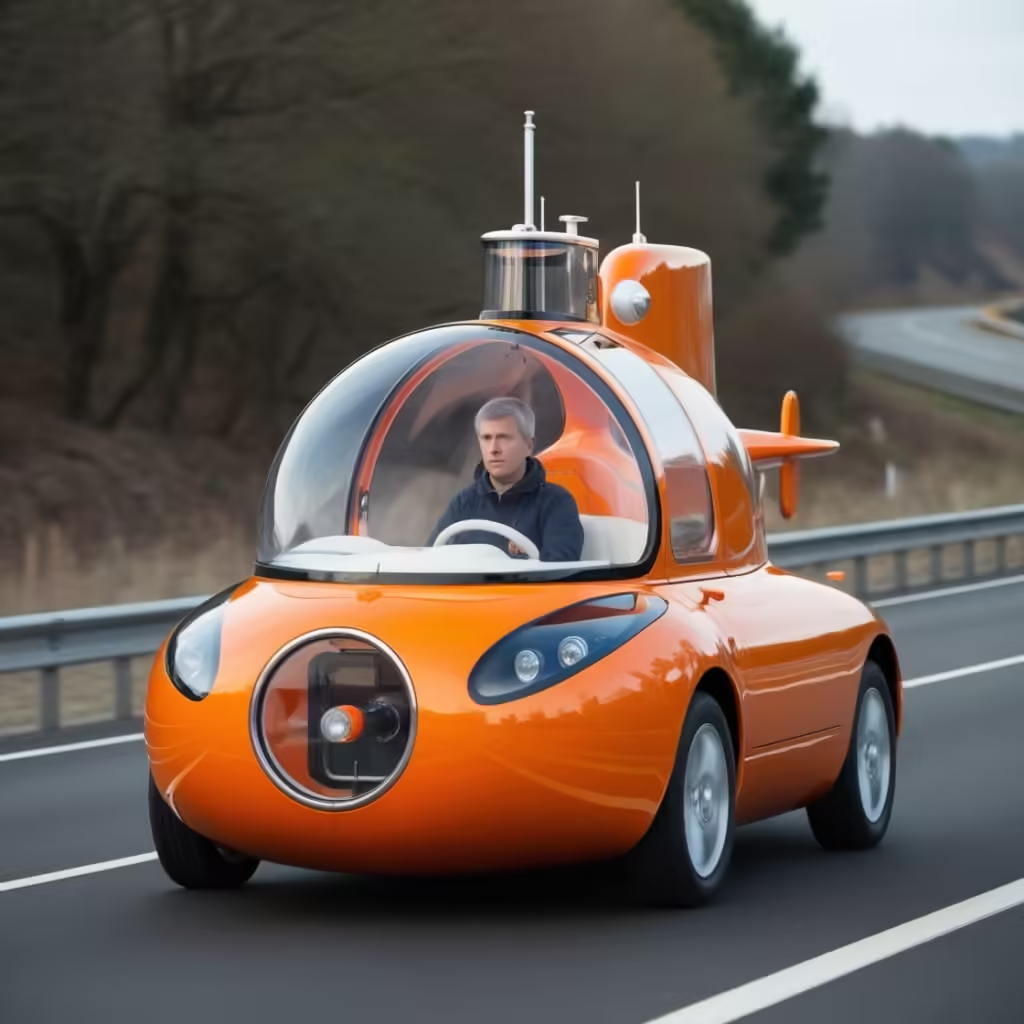
Design and Structure
The design of submarine inspired vehicles borrows heavily from the hydrodynamic principles of traditional submarines. Streamlined shapes minimize drag, allowing for smoother movement through water. Materials used in construction are often lightweight yet durable, capable of withstanding high-pressure environments. Advanced composites and alloys, developed through submarine research, ensure that these vehicles can endure harsh conditions without compromising safety.
Buoyancy and Stability
One of the key features of submarine inspired vehicles is their ability to control buoyancy. Using ballast tanks and sophisticated computer systems, these vehicles can ascend and descend through water columns, mimicking the movements of submarines. This technology allows for stable navigation, even in turbulent waters.
Propulsion Systems
Submarine inspired vehicles often utilize electric or hybrid propulsion systems, a nod to the quiet, stealthy operations of submarines. These systems enable efficient travel while reducing environmental impact. Innovations such as battery technology and solar power integration are becoming increasingly popular, paving the way for sustainable underwater travel.
Navigation and Communication
Navigating underwater poses unique challenges due to limited visibility and the absence of GPS signals. Submarine inspired vehicles often employ sonar systems and inertial navigation technology to map their surroundings. Advanced communication systems allow these vehicles to transmit data in real-time, ensuring safety and operational efficiency.
Applications of Submarine Inspired Vehicles
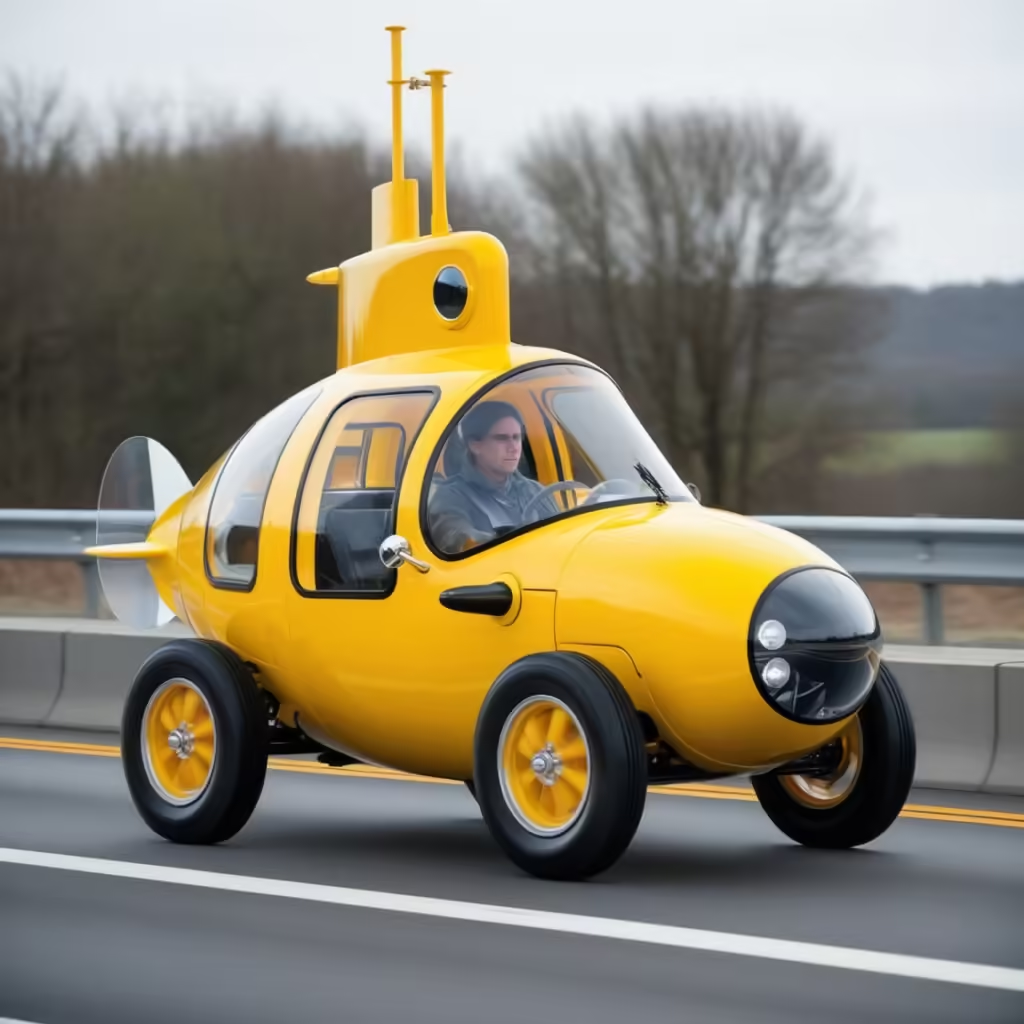
Scientific Research
One of the most significant applications of submarine inspired vehicles is in scientific research. Oceanographers and marine biologists utilize these vehicles to study underwater ecosystems, gather data on marine life, and monitor environmental changes. The ability to access previously unreachable depths allows researchers to gain invaluable insights into ocean health and biodiversity.
Environmental Monitoring
As climate change continues to impact the world’s oceans, submarine inspired vehicles are increasingly deployed for environmental monitoring. These vehicles can collect data on temperature, salinity, and pollution levels, providing critical information for scientists and policymakers. This data aids in the formulation of strategies to combat environmental degradation and protect marine habitats.
Underwater Tourism
The burgeoning field of underwater tourism has also embraced submarine inspired vehicles. Companies are developing semi-submersible vessels that allow tourists to explore marine environments without disturbing them. These vehicles offer a unique perspective on underwater ecosystems, promoting awareness and appreciation for ocean conservation.
Military and Defense
In military applications, submarine inspired vehicles play a crucial role in surveillance and reconnaissance missions. Their ability to operate stealthily and gather intelligence without detection provides strategic advantages. Additionally, these vehicles can assist in search and rescue operations, maritime security, and counter-terrorism efforts.
The Future of Submarine Inspired Vehicles
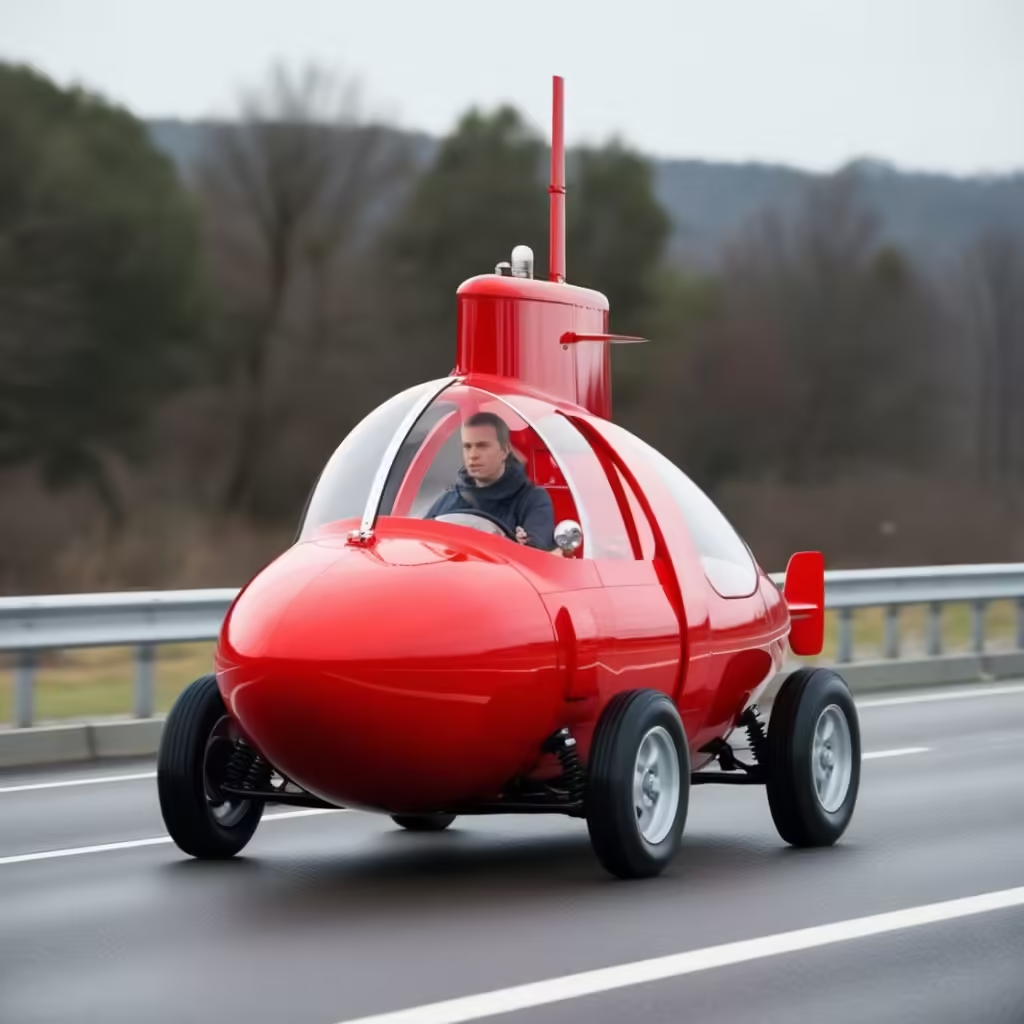
Innovations on the Horizon
As technology continues to advance, the future of submarine inspired vehicles looks promising. Researchers are exploring new materials, such as graphene and smart composites, that could revolutionize vehicle design. Additionally, artificial intelligence and machine learning are being integrated into navigation systems, enhancing autonomy and operational capabilities.
Environmental Sustainability
With the growing emphasis on sustainability, submarine inspired vehicles are poised to become more eco-friendly. Innovations in renewable energy sources, such as hydrogen fuel cells and solar power, will reduce reliance on fossil fuels. The adoption of biodegradable materials in construction will further minimize environmental impact, ensuring that these vehicles contribute positively to ocean health.
Collaboration and Interdisciplinary Research
The development of submarine inspired vehicles necessitates collaboration across various fields—engineering, marine biology, environmental science, and design. This interdisciplinary approach fosters innovation and ensures that the vehicles serve both exploratory and ecological purposes. By working together, experts can create solutions that address the complex challenges facing our oceans today.
The Impact of Submarine Inspired Vehicles on Society
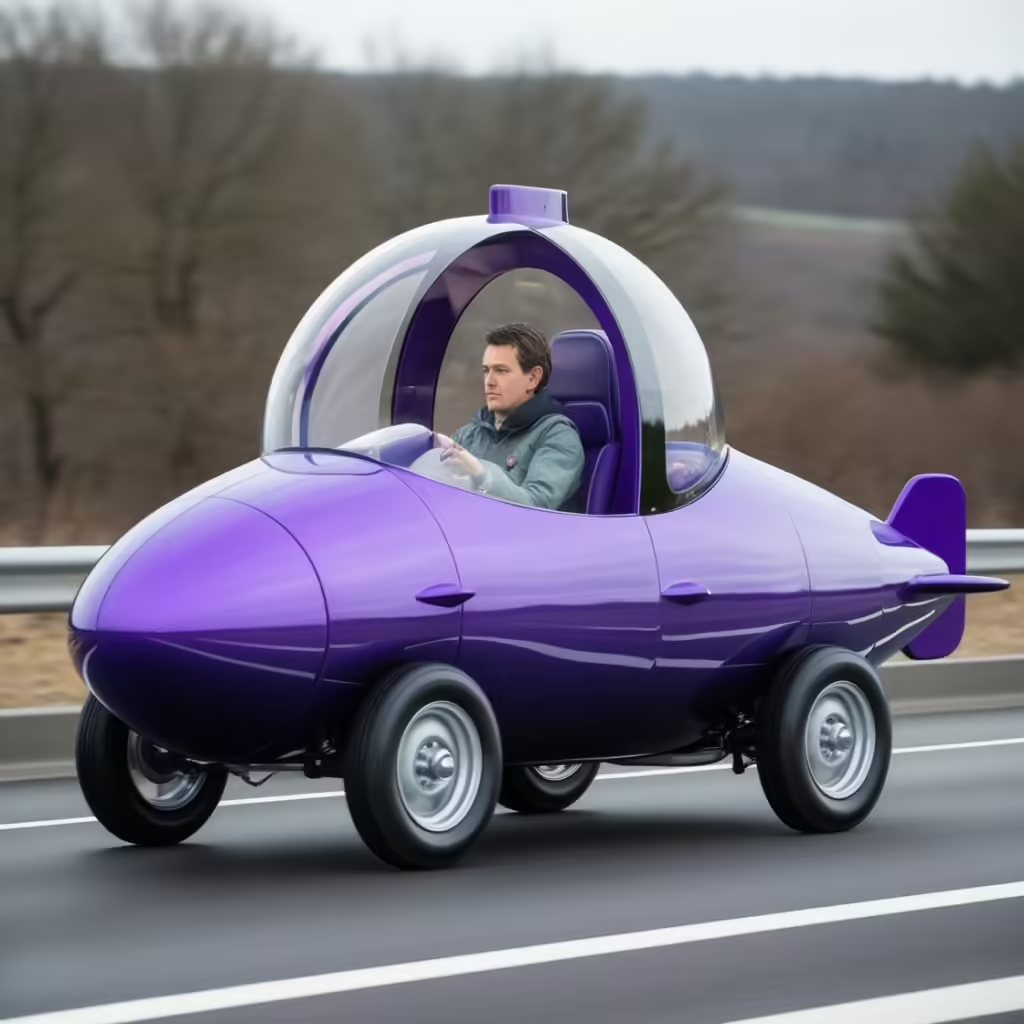
Enhancing Public Awareness and Education
Submarine inspired vehicles play a vital role in raising public awareness about marine conservation. By offering educational programs that utilize these vehicles, organizations can provide hands-on experiences that engage communities in ocean preservation. Schools and educational institutions can incorporate submarine exploration into their curricula, fostering a generation of environmentally conscious individuals who appreciate the importance of the oceans.
Advancing Technological Frontiers
The development of submarine inspired vehicles drives innovation across various industries. Technologies initially created for underwater exploration often find applications in fields such as robotics, environmental science, and even aerospace. For instance, sonar technology used in submarines has been adapted for autonomous drones and underwater vehicles, enhancing navigation and mapping capabilities. This cross-pollination of ideas enriches technological advancement and opens doors to new discoveries.
Economic Opportunities
The emergence of submarine inspired vehicles is creating new economic opportunities. The marine tourism industry is expanding, with businesses offering submersible experiences that attract eco-tourists. This growth generates jobs and stimulates local economies while promoting sustainable practices. Additionally, companies focused on research and environmental monitoring are gaining traction, leading to increased investment in marine technologies and research initiatives.
Challenges Facing Submarine Inspired Vehicles
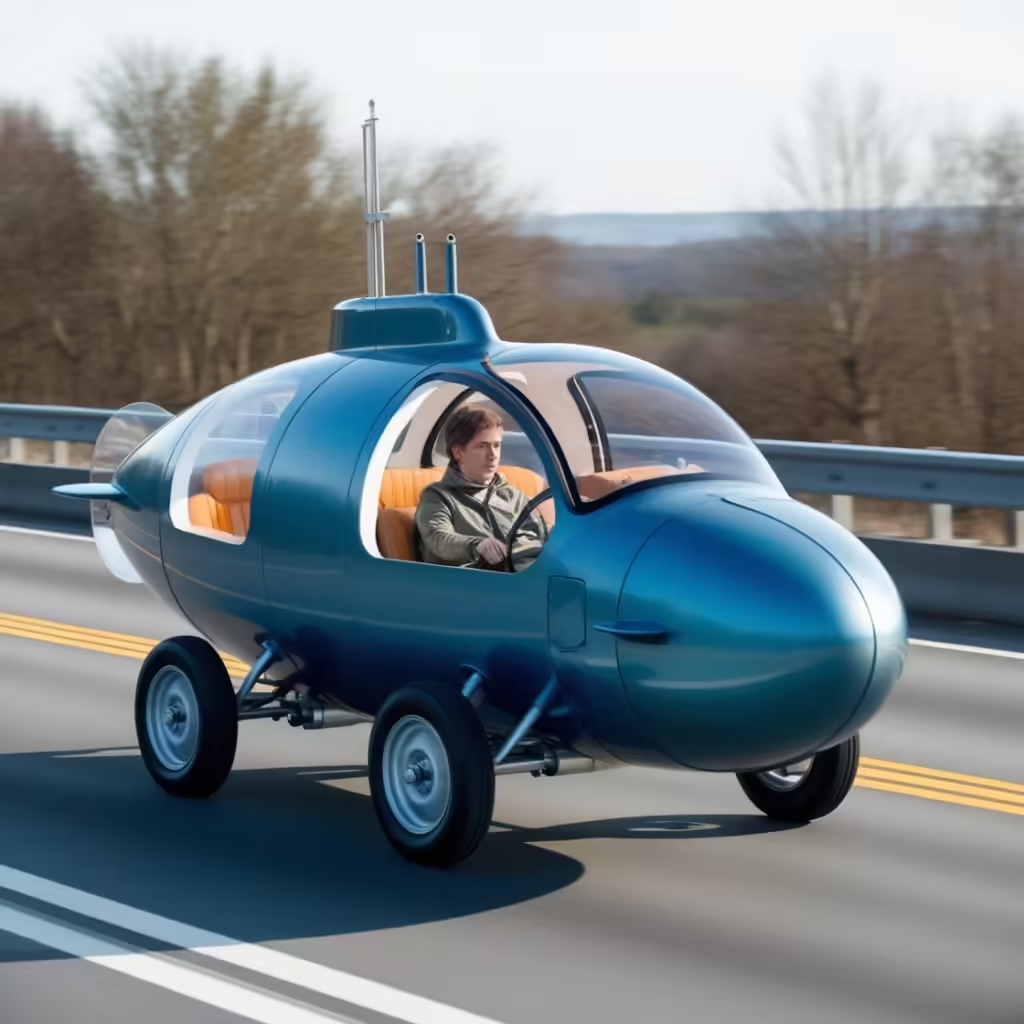
Regulatory and Safety Considerations
As submarine inspired vehicles become more prevalent, regulatory frameworks must evolve to ensure safety and compliance. Navigating underwater presents unique challenges, and establishing guidelines for operation, particularly in sensitive marine environments, is crucial. Additionally, as these vehicles are deployed for various applications, such as military or tourism, the need for standardized safety protocols becomes imperative.
Environmental Concerns
While submarine inspired vehicles can contribute to environmental monitoring and conservation, their deployment can also pose risks to marine ecosystems. The construction, operation, and maintenance of these vehicles need to be carefully managed to minimize disturbance to underwater habitats. Researchers must continually assess the impact of these vehicles to strike a balance between exploration and conservation.
Technological Limitations
Despite advancements, submarine inspired vehicles still face technological limitations. Challenges related to battery life, data transmission, and deep-sea pressure resistance require ongoing research and innovation. As these vehicles are developed for deeper and more complex environments, engineers must overcome these obstacles to enhance their capabilities and reliability.
Conclusion: The Future Beneath the Waves
Submarine inspired vehicles represent a remarkable fusion of technology and nature, embodying humanity’s enduring quest to explore the unknown. As we stand on the brink of a new era in underwater exploration, these vehicles not only enhance our understanding of marine ecosystems but also play a pivotal role in promoting conservation and sustainable practices.
Looking forward, the continued innovation and application of submarine inspired vehicles will undoubtedly expand the horizons of human knowledge, enabling us to traverse the vast and largely unexplored oceans of our planet. With a focus on collaboration, sustainability, and technological advancement, the future of submarine inspired vehicles holds immense promise, ensuring that the mysteries of the deep remain within reach while safeguarding the delicate ecosystems that thrive beneath the waves.
By embracing the possibilities that submarine inspired vehicles offer, we can embark on a journey of discovery that respects the ocean’s complexities and contributes to a sustainable future, highlighting the importance of both exploration and conservation. In this endeavor, we not only honor the legacy of our ancestors who dared to explore the seas but also commit to a responsible stewardship of the marine world for generations to come.

